So. You’ve decided to buy new dance shoes. Whether you are switching to vegan shoes after years of leather and suede, or are buying your first pair ever, picking out your perfect pair of vegan dance shoes is an important decision! Don’t stress out though, we’ve got you. The future is now and vegan dancers have more options than ever for quality footwear. Finding your perfect sole-mate is a journey, and may take a few tries to get it right, so we’ve put together the following guide to help you get started.
MAKING THE SWITCH
If you’ve already found your perfect pair of leather/suede dance shoes and now want to make the switch to a fully vegan lifestyle, but don’t see the vegan version of the same pair of shoes on our website, the first option you can try is contacting the company you bought your shoes from to see if they can make a vegan version of the same pair of shoes. Sometimes it’s as simple as switching to a faux suede or PU sole, and most companies are willing to make customized shoes for an additional cost. Don’t forget to ask about all the materials, including the glue. The more we request vegan shoes from dance shoe companies, the more options we will have in the future, let’s make our voices heard!
THE PERFECT FIT
Unlike street shoes that can be a little loose, dance shoes need to fit like a glove in order to minimize risk of injury, and to protect knees and joints. Your shoes should fit nice and snug when you first try them on. Too tight and they will restrict movement, too loose and they will be unstable and wobbly. The best place to start is with your street shoe size or a ½ size smaller, and go from there. DLAV has a very flexible return policy, we recommend you order a few sizes your first time, and return the pairs that don’t fit. Your shoes will stretch a little as you dance in them, so if you’re stuck between two sizes, go with the smaller option. Note to dancers who are used to leather and suede: synthetic materials do not stretch as much as animal based materials, so keep that in mind as you order your vegan shoes.
TOES: OPEN OR CLOSED?
Latin and rhythm dancers usually prefer open toed sandals since many of their movements require pointed toes and precise footwork. Ballroom dancers usually prefer closed toed shoes to allow for smooth movement, even footwork and the dragging of the toes along the floor. For beginners of all dances, closed toed shoes are a good starter option as they offer more stability and protection.
HEELS: HOW HIGH?
The purpose of heels, other than to look fabulous, is to make sure that the weight of the dancer is over the ball of the foot, which is important for dance technique.
LADIES’ HEELS
Typical heel heights for ladies’ heels range from 1.5”-4”. Choosing a height completely depends on the dancer and their own comfort. Beginners should typically start with a lower flared or Cuban heel as this will give more stability. More experienced dancers might prefer a higher or tapered heel as this will allow for faster turning.
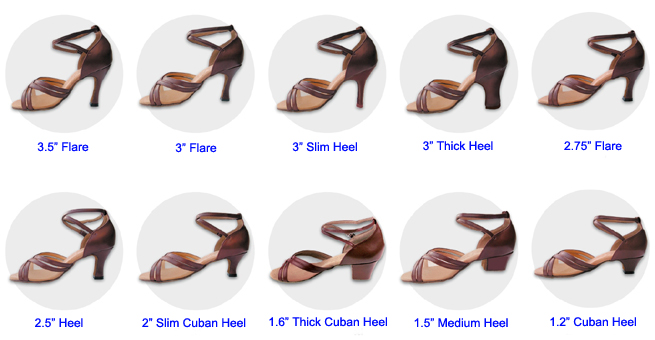
MEN’S HEELS
Men’s ballroom shoes usually come with a 1” standard heel while Latin shoes usually come with a 1.2”-1.5” Cuban heel. A 1” heel is generally fine for any style dance unless you are competing or feel more comfortable in a higher heel.
ALL ABOUT SOLES
PU
PU, or polyurethane, is a man-made material that is ideal for outdoor or non-wood dance floors. This material is durable and waterproof so you don’t have to worry about moisture or a rough dance floor. Depending on how much grip you like, you can choose a smooth PU sole or one with grooves or tread grips.
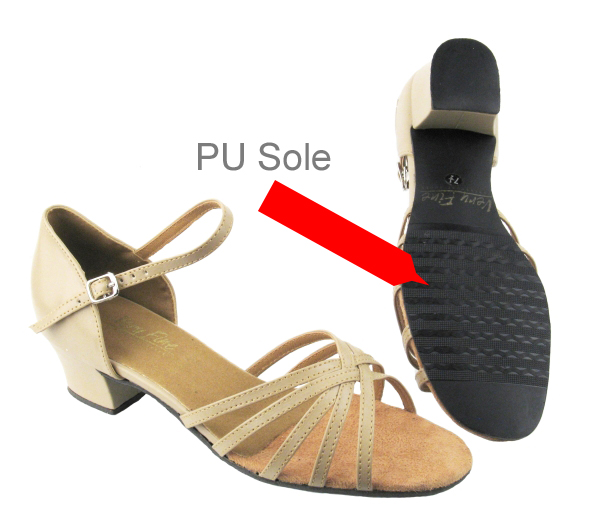
Faux Suede
Faux suede, or microfiber, is comparable to suede, but there are a few differences to note. Animal based suede usually has more grip when the shoes are new, and will gradually slick down and become slippery with wear, even with regular brushing. Faux suede will stay a more consistent texture even with heavy use and is more water resistant than animal based suede, however you still want to avoid walking on wet surfaces while wearing your faux suede dance shoes!
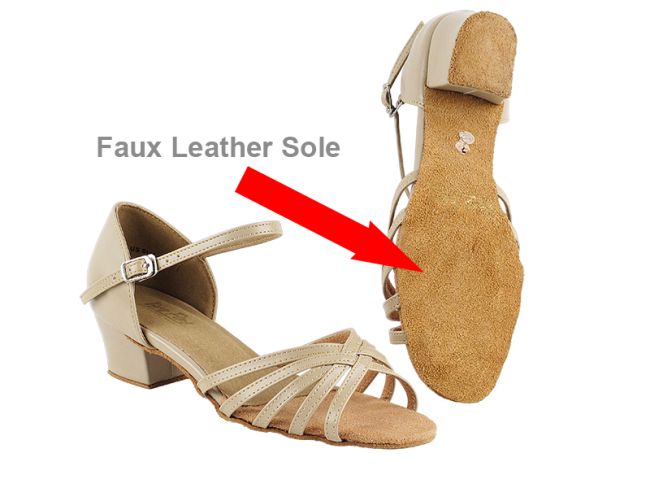
Most regular dancers will have multiple pairs of dance shoes either to use as back up if one breaks, different shoes for different occasions, or indoor/outdoor dance shoes. Remember to be patient and don’t settle for a shoe that is uncomfortable or that you don’t love. Be kind to yourself and your feet! Good luck and happy sole-searching!
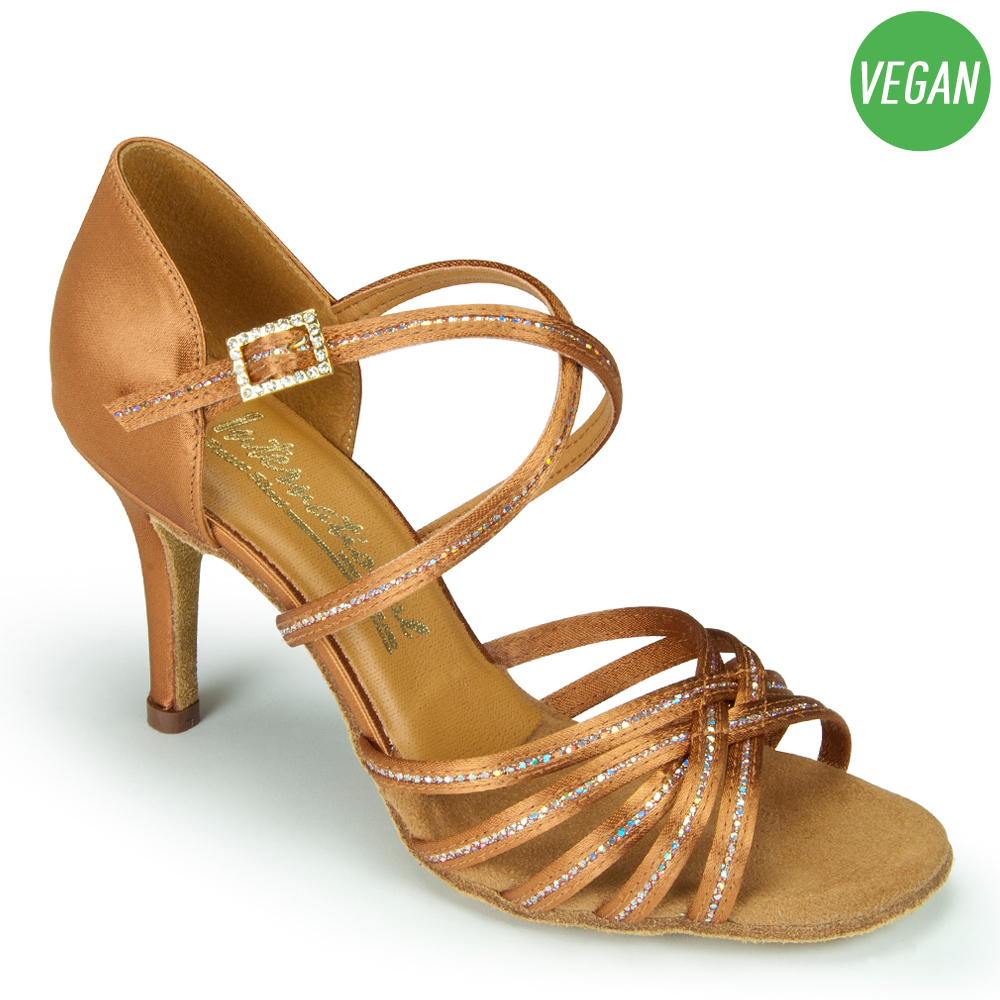
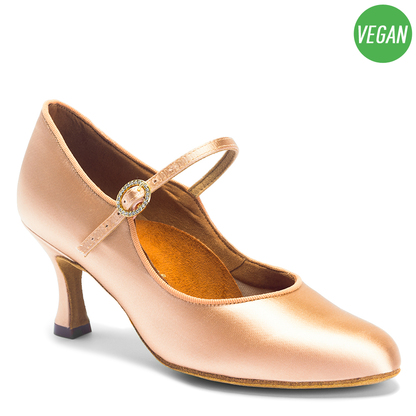
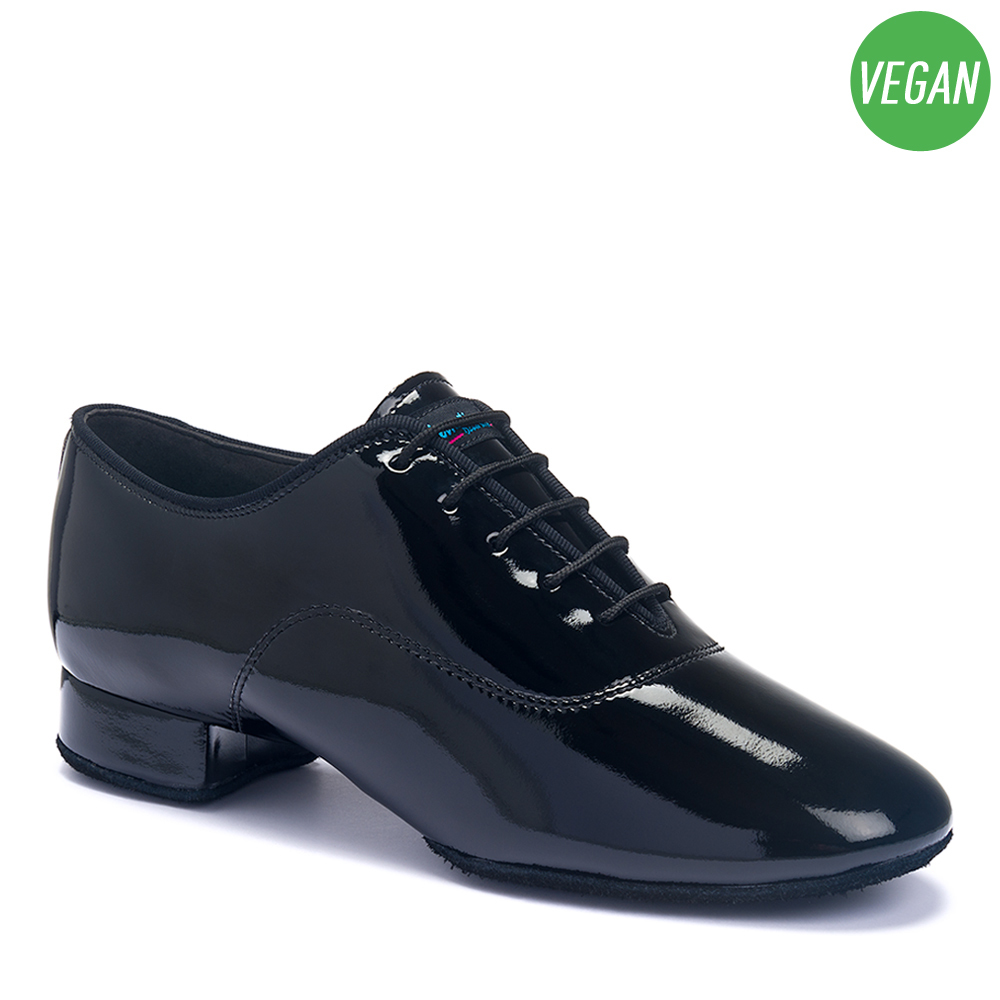
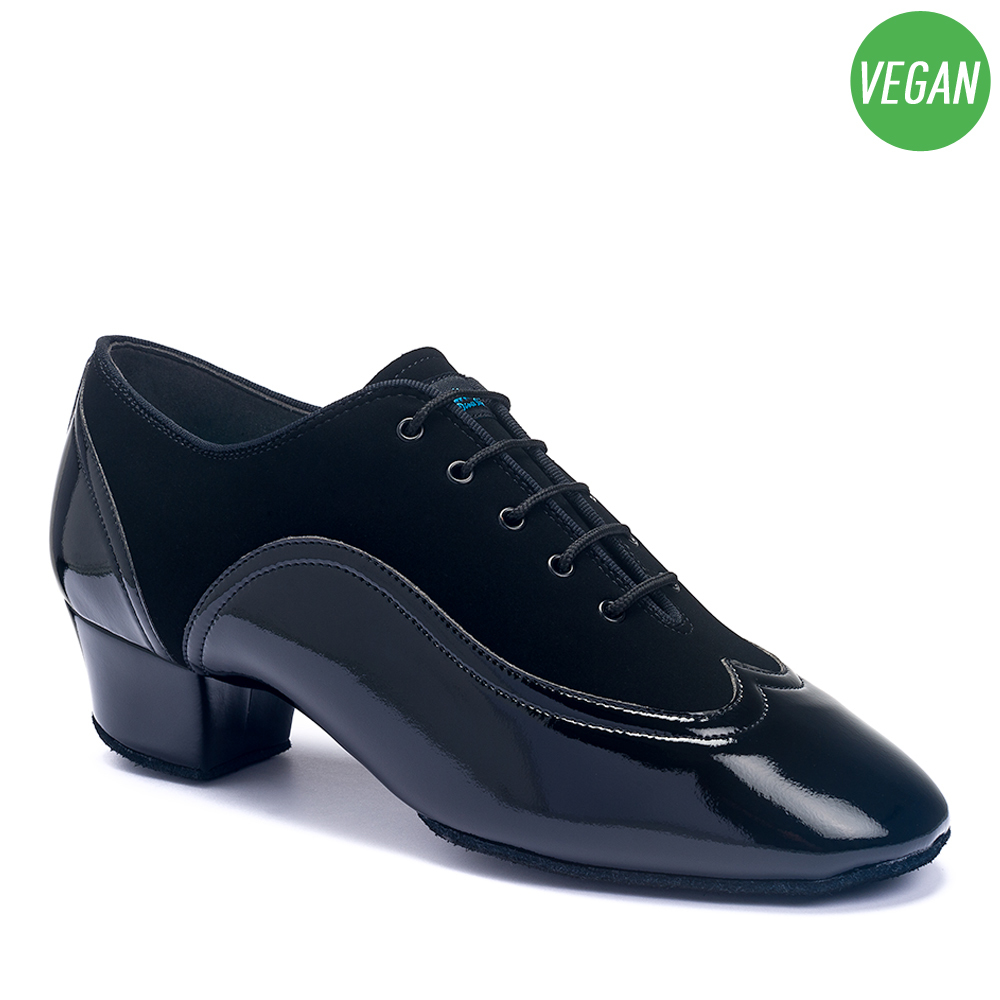
This is actually helpful, thanks.
When preparing for dance classes, the shoes you wear are extremely important. You cannot wear your everyday shoes while dancing, as they may strain your feet, cause injuries, and make it difficult for you to move freely. Even with dances like hip-hop or tap dance, there are specific shoes that are required to allow for proper movement and protection. How do you choose the perfect dancing shoe? Here are some tips to help you make the right choice.
However, while PU leather is often animal-free, that’s not always the case. Because PU leather is sometimes made with split leather — the fibrous part of the animal hide leftover from making genuine leather — vegan shoppers will probably want to stay away from any dress shoes marketed as PU leather. So stick with these labels if animal welfare is a concern for you: synthetic leather, vegan leather, faux leather, leatherette, and man-made.
I like what you said about getting polyurethane shoes since they can work in outdoor and non-wood dance floors. My sister has been telling me about how she wants to get into tap dancing in the coming months. I’ll share this information with her so that she can get the right shoes.